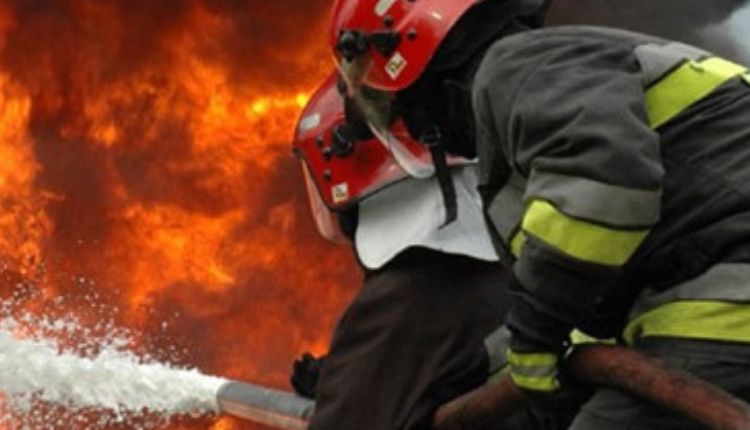Inspection of fire hydrants is especially critical in the case of firefighters. The system has grown much easier and safer as new technology, such as computers and other ultra-modern safeguards, has improved. One of the most crucial procedures in the examination fire hydrants for sale; this has a lot to do with the design and construction of automatically functioning sprinkler systems.
Are our Fire Hydrant Installations Reliable?
Many disasters can hit any structure these days. Theft or looting, murder, break-ins with minimal loss, and so on are all possibilities. Flooding is more likely if the structure is located near a body of water. All of these disasters could happen or not, but a fire is not one of them.
Gas lines and stoves will be installed in residences and flats, while electrical lines will be installed in corporate buildings. Fire can erupt from any source, whether it’s an electric short-circuit, a gas disaster caused by a leak in the gas lines, or an unintended spill of kerosene or other petroleum materials. As a result, every building owner ensures that a fire hydrant tailored to their construction is erected.
It will ensure that firefighters have easy access to sufficient water supplies in the case of a fire at your home once it is constructed. However, this is only possible if you keep the hydrant in good working order and use the maintenance techniques specified by the installation company.
Requirements for Hydrant Testing and Maintenance
To be designated as a “safe to use” water source for firefighters, all fire hydrants must meet several conditions. A few instances are provided below.
According to NFPA 25, a hydrant should be properly and consistently serviced at least once a year. It is strongly advised that a private hydrant or one installed in front of your office door be assessed by a professional agency.
You should inform the local fire department before working on the private hydrant. Experts from such fire agencies will inspect the hydrant to verify if it is in usable shape. After that, you can get to work on maintaining it.
A copy of the report should be provided to the local fire department after the testing and maintenance are completed to assure them that the private or the best fire alarm system in your region are in good operating order.
The hydrants are used to connect to the water supply of the Fire sprinkler. Private fire hydrants positioned within the apartment or house proximity may or may not function successfully due to a variety of issues. As a result, the only way to keep them in good working order is to do routine maintenance.
Firefighters will only be able to aid and save as many people as possible if these hydrants are kept in good operating order.
Regular inspections of hydrants are recommended to verify their capacity and pressure. The usual sustained pressure is calculated at roughly 20 psi for firefighting purposes and to prevent contamination of sources such as rivers and streams from backflow. In the event of a failure, pressure maintenance may harm firefighting pumps.
Nowadays, firefighters connect their fire hose to the hydrant and release a valve to let water from the water main flow into the hose. Hydrants, whether pressurized or not, can be equipped with a variety of valves to connect them to a chosen water source.
The majority of fire hydrants are designed to carry at least 250 gallons of water per minute (950 liters).
The two most prevalent types of hydrants are the dry barrel and the wet barrel. The water supply at the wet barrel hydrant is constant, but it must be opened to allow water to flow.
A dry barrel hydrant’s key advantage is that it keeps the water supply from freezing in cold weather. Some wet barrel hydrants are made of bronze rather than iron, or they may have a rust-resistant coating on the inside.
Because large fire engines can only contain about 2000 gallons of water, firefighters must rely on nearby water sources. If the pressure of fire hydrants is not monitored at regular intervals, it might become dangerous. Only properly controlled and checked fire hydrants could perform efficiently in an emergency.
What About the Tools or Gadgets Used to Check the Hydrant’s Functionality?
Among other things, it has a hydrant flow checker, pressure gauge, telogen test recorder, and pitot pressure monitor. Two fire hydrants are mostly utilized for flow testing and rate checks. A residual hydrant, also known as a test hydrant, and a flowing hydrant are two types of hydrants.
Final Thought
To inspect the hydrant, remove the cap from the mouth of the hydrant. The pressure gauge is now attached to this, allowing you to check the pressure. The required static pressure, or maintenance pressure, for a stable hydration flow, can then be easily determined.
